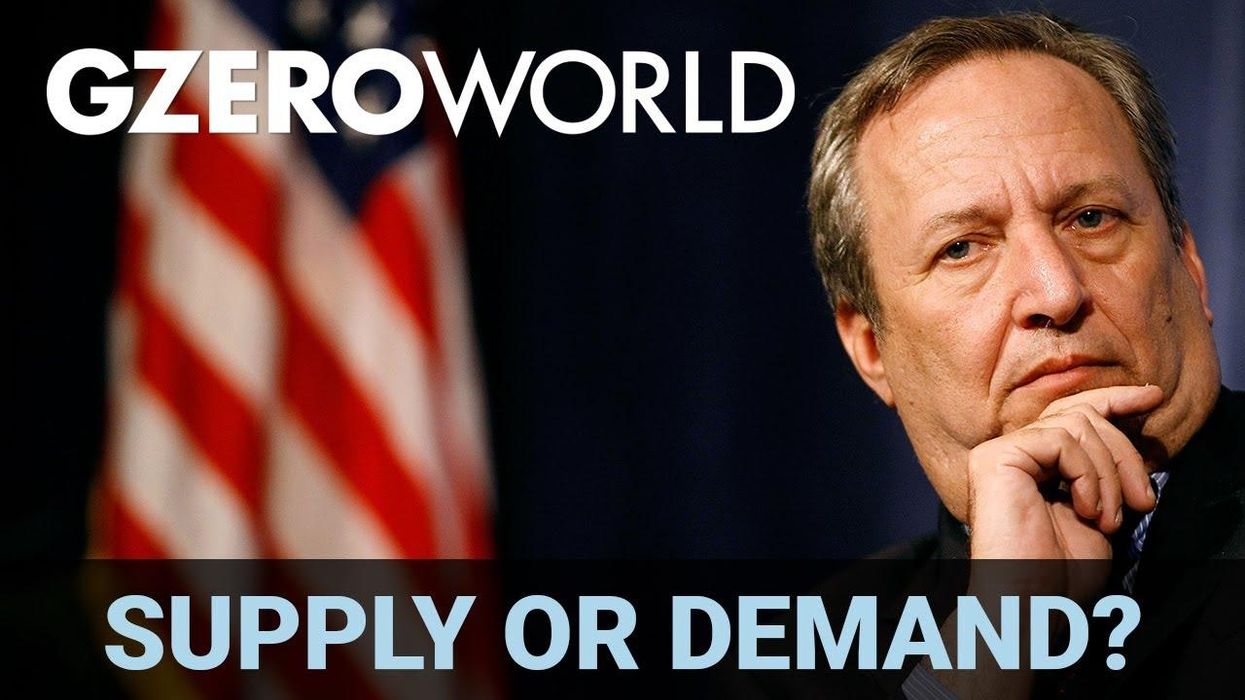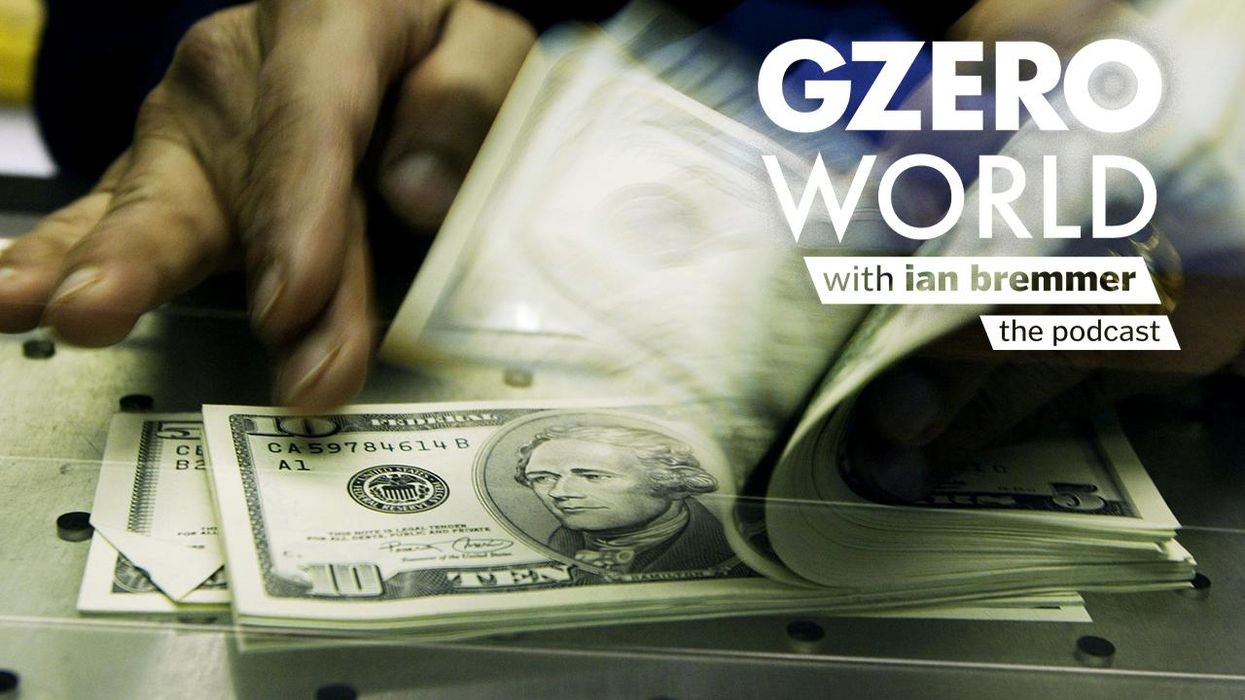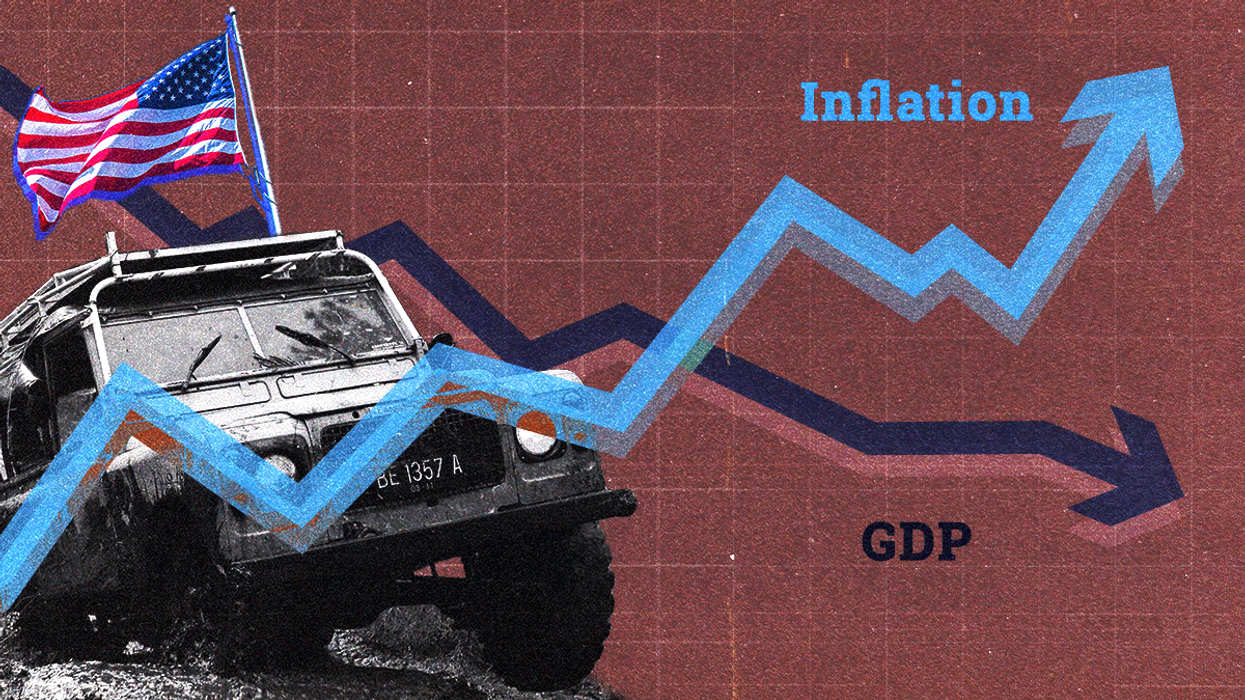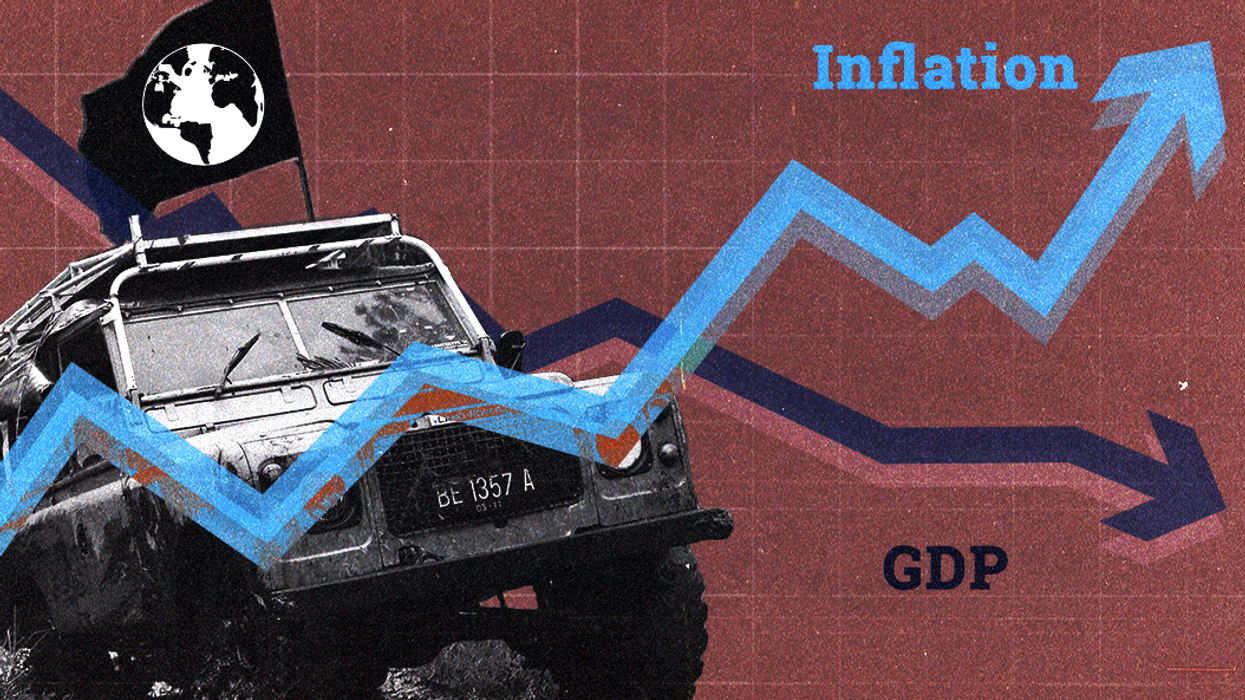GZERO World Clips
Ask An Economist: How to lower inflation
US inflation is now at a 40-year high. So, what are we going to do about it? That depends on where you think the problem is coming from, American economist and University of Chicago professor Austan Goolsbee says on GZERO World with Ian Bremmer.
Aug 13, 2022




